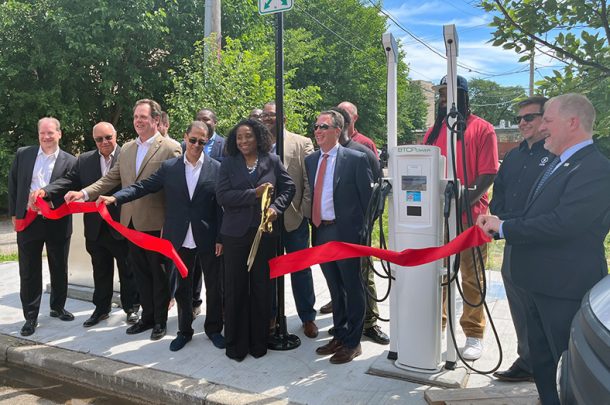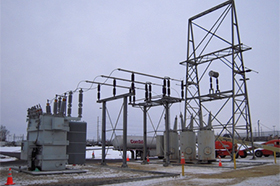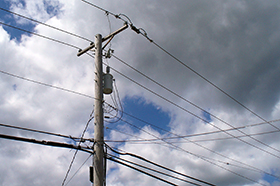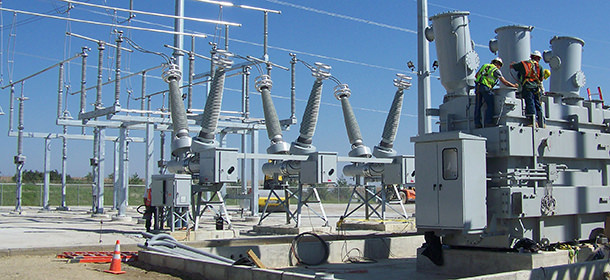
Evolution of Protection and Controls
As recently as the late 1990’s, the power delivery industry was a field that was at least 20+ years behind in technology when compared to other industries, such as the Industrial sector where automation was at the forefront. The industrial sector was already implementing systems utilizing Programmable Logic Controllers (PLCs), servomotors, high tech sensing devices, and human machine interfaces (HMIs). At that time the power delivery industry was still utilizing electromechanical devices that were designed in the early 20th century and oscillographs that required new paper to be installed periodically. Some of the newer technologies at that time were solid state devices that were installed within the previous decade.
Since then, there has been an evolution of technological advances in substation protection and controls with the introduction of some of the first generation microprocessor-based relays, along with Supervisory, Control, and Data Acquisition (SCADA) systems that had the ability to perform logic. This was just the beginning of the ‘Information Age’ for our electric grid. Today, power utility companies are installing Intelligent Electronic Devices (IEDs) as protective relays that have the ability to perform all of the protective functionality required to isolate faults from the healthy parts of the system, as well as the ability to collect data, perform logic, and communicate with other devices, such as communication processors that are part of modern SCADA systems. SCADA systems communicate data allowing dispatchers/operators to monitor and control substations remotely. Some examples of data being collected by protective relays are analog signals such as current, power (real & reactive), and voltage along with status signals such as relay health, breaker status, and trip coil health.
In addition to the use of IED’s, many new technologies are being used to make substations smarter.
Phasor Measurement Unit (PMU)
Phasor Measurement Units (PMUs), or synchrophasors, are devices that measure voltages and currents at predetermined points on the electric grid and utilize a Global Positioning System (GPS) radio clock for synchronization. A PMU can be a dedicated device but is often a function incorporated into another IED, such as a protective relay. Since synchrophasors located at multiple substations are synchronized to the GPS clock, synchrophasor data could be used to allow power flow up to a line’s dynamic limit instead of to its worst-case limit (based on weather and load). Dynamic ratings provide the operator with the overhead transmission line’s actual ability to carry power at any moment in time while respecting design limits. This technology is leading to new processes for controlling the flow of electrical energy over the grid, improving transmission congestion (over-loading) and protection. [1]
Battery Monitoring
DC battery systems that are typically inside the same control building that houses the relays are using monitoring systems. A substation’s DC system is the heart and soul of its protection and control systems. These battery monitoring systems ensure that the battery charger and battery bank maintain proper voltage. They can also monitor the electrolyte levels inside each battery cell and send an alarm to the SCADA system notifying dispatchers that levels need to be topped off. Prior to this technology being installed, utility companies would have to rotate crews around to all of their substations to routinely inspect battery cells, typically on a quarterly basis.
Power Circuit Breaker Monitoring
The monitoring systems for sulfur hexafluoride (SF6) insulated power circuit breakers have the ability to monitor and track SF6 gas pressure and tank temperature. This allows for leaks to be detected and repaired before they turn into serious problems, as the SF6 gas is required for insulating the energized parts of the breakers. These systems also have the ability to monitor contact timing to determine contact wear on the interrupters. This detection allows for inspection of circuit interrupters to be condition-based (preventative) instead of time-based (routine). One such monitoring device with this ability is the Circuit Breaker Sentinel (CBS) made by ABB. According to ABB’s website, “Herein lies the advantage of condition-based maintenance, namely avoiding unnecessary interrupter maintenance. Without interrupter wear monitoring the industry practice is to perform interrupter maintenance about every 10 years. Maintenance involves removing the breaker from service, opening the tank and disassembling the interrupter. Many times the interrupter is found to be in perfect condition; however, reassembly can introduce metal particles and other defects resulting in breaker failure shortly after. Use of the CBS avoids this problem because interrupter maintenance can be delayed until the CBS indicates it is necessary and even then only for the pole on which it is needed.” [2]
Power Transformer Monitoring
Power transformers are some of the most critical pieces of the grid’s infrastructure, as they are essential for the delivery of power from the generators to the consumers. They are very expensive, have very long lead times, and require very long outages to replace. Many of the larger transformers on the grid can cost millions of dollars to purchase and take well over a year to build, not to mention several weeks to install. A majority of power transformers that are in service across the United States are more than 25 years old. New monitoring systems are being installed to collect data that can be analyzed to understand the operating characteristics. Utilities can now monitor attributes like oil temperature, load current, winding hot spot, moisture in oil, dissolved gas in oil, cooling controls, dynamic loadings, load tap-changer temperatures, and contact wear. This data can be recorded and studied to better understand trends, thus leading to reduced maintenance costs, reduced failures, improved reliability, and improved dynamic transformer overloading performance. In the past, utilities would periodically analyze oil samples as well as perform routine inspections and tests, which could not identify many issues or accurately predict failure modes. [3]
Summary
With all of these ‘smart’ devices accumulating a lot of data, the analysis of this data is essential to providing more efficient, dependable, and secure power delivery. This information is being used to transform the power delivery industry in ways that saves costs and improves reliability. The ability to transition from time-based maintenance to condition-based maintenance alone will significantly decrease costs as well as increase reliability due to the fact that less outage time will be required and equipment failures can potentially be avoided. Additionally, as these technologies get implemented across the grid, along with the advancement of each type of technology, the amount of emergency outages due to equipment failures will significantly reduce as utility companies become more proactive in replacing critical components such as transformers before they have the opportunity to fail.
With the implementation of Smart Grid technologies like those described in this article, along with other initiatives that utility companies are executing like storm hardening and distribution automation, we are heading towards a grid with significantly higher reliability.
Sources:
- http://en.wikipedia.org/wiki/Phasor_measurement_unit Web 26 Aug 2013
- Anton Poltl & Michael Lane. “Field Experiences with HV Circuit Breaker Condition Monitoring” ABB, June 2011, Web 26 Aug. 2013
- Gene Wolf. “Substation Intelligence”, T&D World Magazine, 1 Nov. 2007, Web 23 Aug. 2013





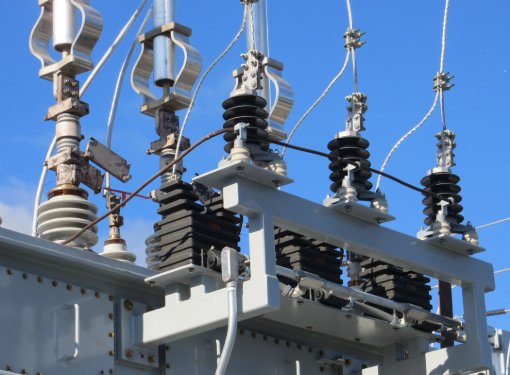
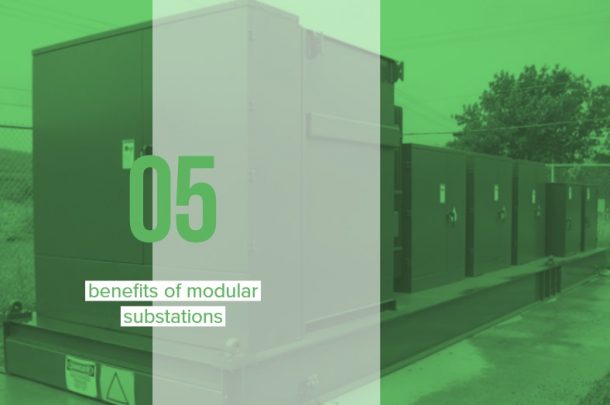
 5 Benefits of Modular Substations
5 Benefits of Modular Substations 

